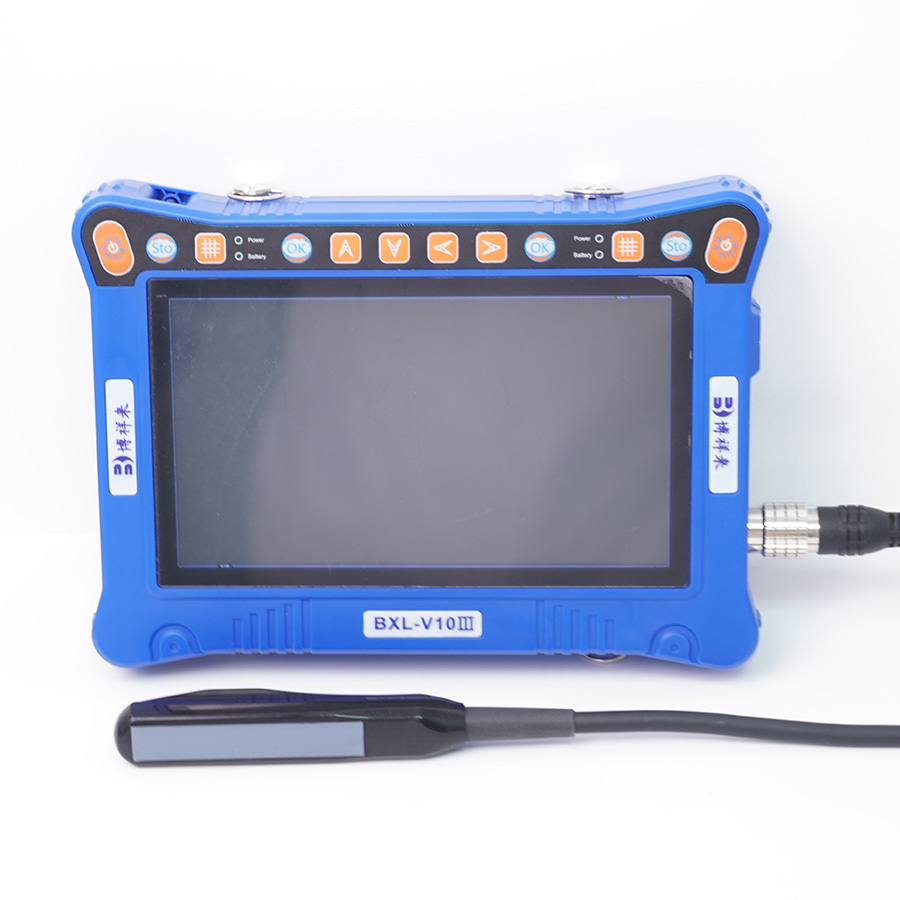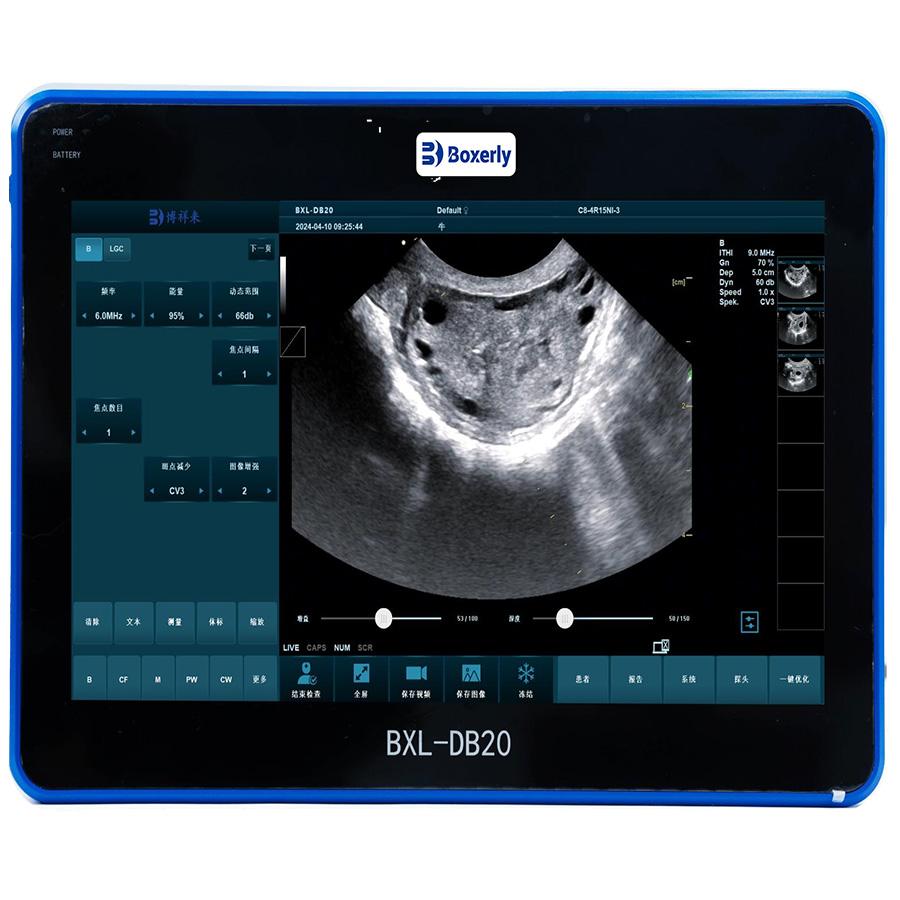Ultrasound technology plays a vital role in veterinary medicine, offering a non-invasive and highly effective method for diagnosing a variety of conditions in animals. Used across species, from pets and livestock to exotic animals, ultrasound allows veterinarians to visualize internal organs, monitor pregnancies, and detect abnormalities without the need for surgery or other invasive procedures.
In this article, we’ll explore how ultrasound is used in animals with real-world examples, its benefits, and its applications in veterinary care.
What Is Ultrasound in Animals?


Ultrasound, also known as sonography, uses high-frequency sound waves to create real-time images of the internal structures of an animal’s body. The sound waves are transmitted through a probe (transducer), which is placed on the animal’s skin after applying a special gel. As these sound waves bounce off organs and tissues, they are sent back to the machine, which then creates a detailed image.
Ultrasound is a preferred diagnostic tool for examining soft tissues, such as the heart, liver, kidneys, and reproductive organs, and is especially useful for detecting conditions that X-rays cannot reveal.
Benefits of Ultrasound in Animals
Before diving into specific examples, let’s consider the key advantages of using ultrasound in animals:
- Non-invasive: Ultrasound is painless and does not require surgery or incisions.
- Safe: Unlike X-rays, ultrasound does not expose animals to radiation, making it suitable for regular monitoring.
- Real-time results: Veterinarians can observe the functioning of internal organs in real-time, which is especially useful for diagnosing dynamic processes like heartbeats or fetal movements.
- Early detection: Ultrasound can help detect issues early, such as tumors, fluid buildup, or organ abnormalities, allowing for timely intervention.
Common Applications of Ultrasound in Animals
Ultrasound is used in a wide variety of animals, from small pets like cats and dogs to large animals like horses and cows. Below are some examples of how ultrasound is applied in different species.
1. Ultrasound in Dogs
Ultrasound is widely used in canine medicine to assess a range of internal conditions, including:
Pregnancy diagnosis: Ultrasound can confirm pregnancy in dogs as early as 25 days after breeding. It also allows veterinarians to monitor fetal development and check for potential complications.
Abdominal issues: Ultrasound is often used to examine the liver, kidneys, spleen, and intestines in dogs. For example, if a dog shows symptoms like vomiting or abdominal pain, ultrasound can help diagnose conditions such as kidney stones, tumors, or intestinal blockages.
Heart disease: Canine heart conditions, like valvular heart disease, are often diagnosed using a specialized type of ultrasound called echocardiography. This procedure evaluates heart function, helping vets assess the severity of the condition and plan treatment.
2. Ultrasound in Cats
Similar to dogs, cats benefit from ultrasound in diagnosing various conditions, including:
Urinary tract issues: Cats are prone to urinary tract problems, such as bladder stones or blockages. Ultrasound can help veterinarians visualize the urinary tract and detect these conditions early.
Abdominal masses: If a cat presents symptoms like weight loss or lethargy, an ultrasound can help detect tumors or abnormal masses in organs such as the liver or pancreas, guiding further diagnostic tests like biopsies.
Cardiac evaluations: Ultrasound is crucial for diagnosing hypertrophic cardiomyopathy (HCM), a common heart disease in cats. Echocardiography helps measure the thickness of the heart muscle and assess the heart's overall function.
3. Ultrasound in Horses
In equine medicine, ultrasound is a go-to diagnostic tool for several conditions:
Reproductive health: Ultrasound is frequently used in horses to diagnose pregnancy and monitor fetal development. It is particularly useful for managing breeding programs, allowing early detection of pregnancy and checking for twins, which can be risky for the mare.
Tendon and ligament injuries: Horses are prone to tendon injuries due to their athletic nature. Ultrasound is often used to assess soft tissue damage in tendons and ligaments, guiding rehabilitation and treatment plans.
Colic diagnosis: Horses suffering from colic can benefit from an abdominal ultrasound, which helps veterinarians evaluate the intestines and detect conditions like impactions or twisted intestines, informing decisions on whether surgery is needed.
4. Ultrasound in Livestock (Cattle and Sheep)
Ultrasound plays a significant role in the management of livestock, particularly for:
Pregnancy detection: In cattle and sheep, ultrasound can confirm pregnancy as early as 28 days after breeding. This is essential for herd management, helping farmers make timely decisions about culling or re-breeding non-pregnant animals.
Fetal health: Ultrasound can also be used to assess the health of the fetus, detect multiple pregnancies, and monitor for any potential complications, such as uterine infections or fetal distress.
Carcass evaluation: In livestock like cattle, ultrasound is sometimes used to estimate carcass characteristics such as backfat thickness and muscle depth, helping producers assess the quality of meat before processing.
5. Ultrasound in Exotic Pets and Wildlife
Ultrasound is increasingly being used in exotic pets, such as reptiles, birds, and small mammals, as well as in wildlife medicine:
Reptiles: Ultrasound can help diagnose reproductive issues in reptiles, such as egg binding (dystocia), where a female reptile cannot lay her eggs. It also aids in assessing the health of internal organs, such as the liver and kidneys.
Birds: In birds, ultrasound is used to examine the reproductive organs and diagnose conditions like egg peritonitis or tumors.
Wildlife: Ultrasound is particularly useful in wildlife rehabilitation and conservation. For example, it is used to monitor pregnancies in endangered species and assess internal injuries in injured animals brought into rescue centers.
Real-World Examples of Ultrasound in Veterinary Care
Canine Pregnancy Monitoring: A veterinarian uses ultrasound to confirm that a Golden Retriever is pregnant with a litter of six puppies, helping the owner prepare for the birth. The ultrasound also reveals that all puppies are healthy and developing normally.
Feline Kidney Assessment: A domestic short-haired cat presents with signs of chronic kidney disease (CKD). An abdominal ultrasound helps the veterinarian visualize the kidneys, confirming the diagnosis of CKD and determining the appropriate treatment plan.
Equine Tendon Injury Diagnosis: A competitive show jumper suffers from lameness after a performance. Using ultrasound, the vet diagnoses a partial tear in the horse's superficial digital flexor tendon and prescribes a rehabilitation program to prevent further damage.
Conclusion
Ultrasound is a versatile and essential diagnostic tool in veterinary medicine, providing veterinarians with a non-invasive, real-time way to assess the health of animals. From confirming pregnancies to diagnosing internal conditions in dogs, cats, horses, livestock, and exotic animals, ultrasound has revolutionized how veterinarians approach diagnosis and treatment.
By enabling early detection and accurate diagnosis, ultrasound helps improve the overall care and well-being of animals, whether they are pets, farm animals, or wildlife. As ultrasound technology continues to advance, its applications in veterinary medicine will only expand, benefiting both veterinarians and the animals they care for.







